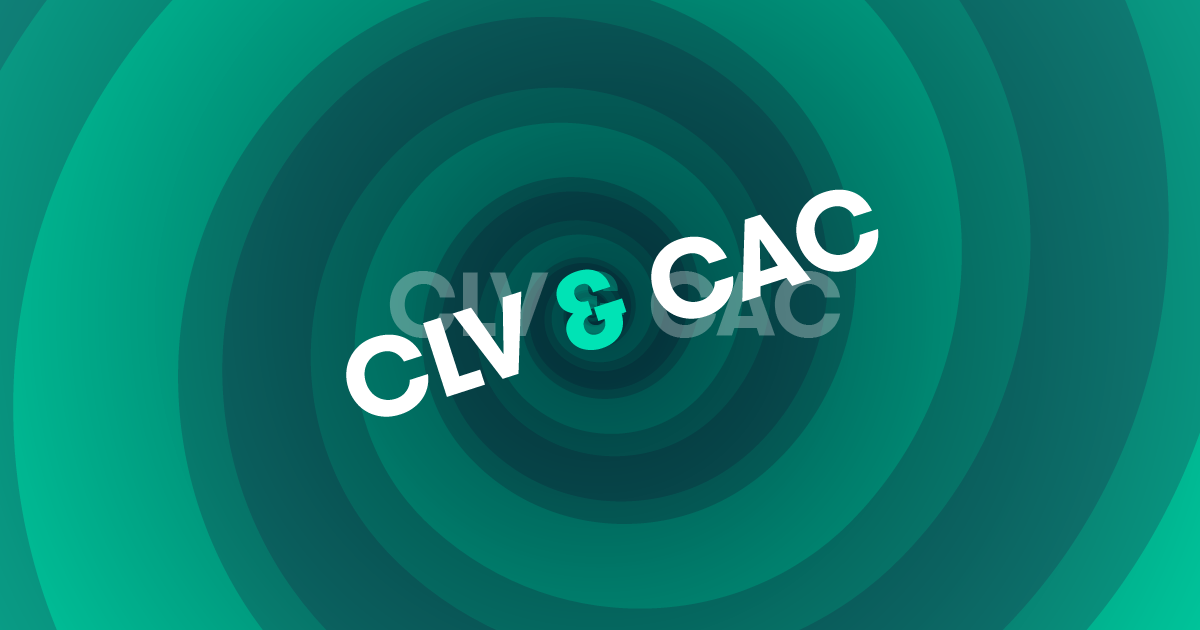Keep Your Amazon Customers Loyal: The Power of Cohort Analysis

If you've been selling on Amazon for any amount of time, you know that not all customers are created equal. Some customers are more valuable to your business than others. In this post we're going to explore exactly why cohort analyses are such a powerful tool to help scale your Amazon business.
What is a cohort analysis?
A cohort analysis is an analytics technique that focuses on analyzing the behavior of a group of customers over time. By understanding behavior over time, we can uncover insights about the experiences of those customers, and what we can do to improve bad experiences or replicate good ones. For Amazon sellers, we can use a cohort analysis to understand the purchase cycle of particular products and therefore create more effective advertising strategies to win and retain customers
A cohort is a group of customers who share common characteristics. Cohort analyses can take many forms — one example would be grouping a group of users by their first purchase date. We could then analyze how they behaved in the days and weeks following their purchase date. We could look at how many of them made subsequent purchases, how much they spent, etc., and then compare those figures with other cohorts who purchased on different dates. The goal is to understand how our marketing efforts may have affected their behavior, for better or for worse.
For Amazon sellers, understanding product life cycles is an important part of creating effective advertising strategies that both win new customers and retain existing ones. Some products will have relatively short life cycles (think: seasonal items like Halloween costumes). Others might have longer ones (like home goods).

The benefits of cohort analysis
In its most simple form, cohort analysis is a way of grouping customers together based on common characteristics. For example, customers who bought from you in January and February could be grouped together for analysis. Or customers who bought from you during Black Friday week and Cyber Monday could be grouped. Cohorts can be grouped using any number of variables - date range, category, product, price point, ad campaign etc.
One of the biggest benefits of using cohort analysis is the range of insights you can uncover by combining different variables and time frames. One of the most common cohort analysis examples we see in Nozzle is ASIN x date, where we can visually understand the relationship between specific products and the frequency of purchase. Another key benefit of cohort analysis is being able to understand the direct impact of your marketing efforts. For example, if you have two different campaigns over two different time periods, you could see how they compare: what are the different variables? At what stage in the campaign did people purchase on average?
How to use a cohort analysis to improve retention and customer lifetime value
Optimizing for customer lifetime value (or, profit per customer) means that you’re looking at results from each of your cohorts. You can analyze the metrics you’re using to see if there are certain methods or channels that tend to produce more loyal customers. This will help you better target customers affiliated with those cohorts moving forward, and improve your retention rates overall.
Some questions you might like to ask yourself are:
if you find that a specific cohort has a higher customer lifetime value, why might that be? Was there a certain campaign or promotion that helped acquire customers? If a customer group has a lower lifetime value, why? Is a channel not working? Have you added or removed something in your product listings that may or may not have been of value?
Measuring the value of a customer's life is an immensely valuable aspect of cohort analysis. By finding customers who are most likely to stay, you can focus on what works and apply those same strategies to your other products.

Takeaway? A cohort analysis can help you determine which factors correlate with higher customer lifetime value.
A cohort analysis is a helpful tool for Amazon sellers looking to better measure the value of their customer base, and set a long-term plan based on their results. By looking at each cohort’s lifetime value, or how much they’re predicted to spend over time, you can determine the value of your customer base beyond simple acquisition costs and start making smarter long-term marketing decisions.
Want to get your own cohort analysis? Sign up for a free trial of Nozzle's analytics tools today.

.webp)



